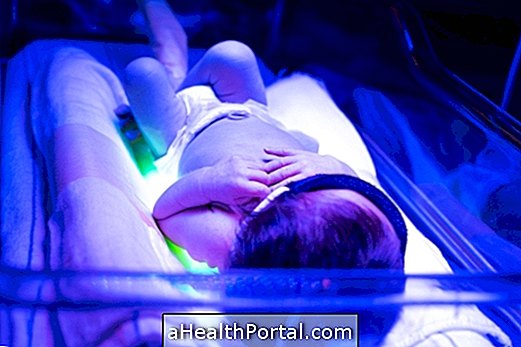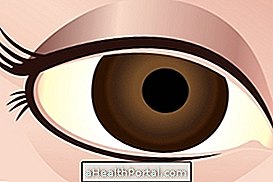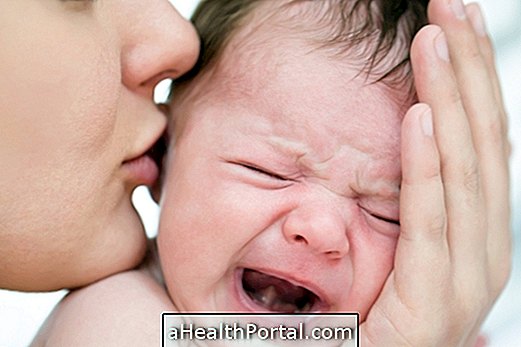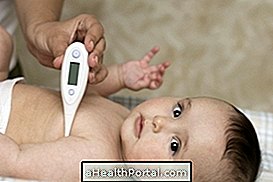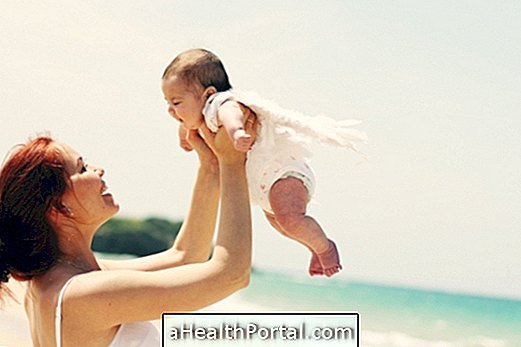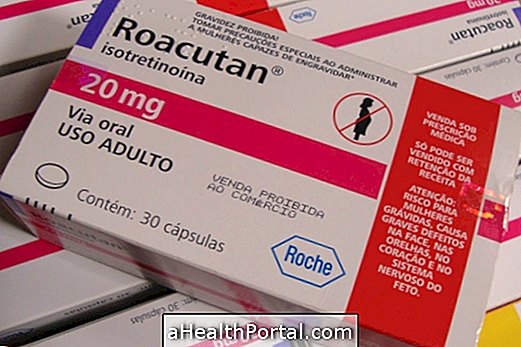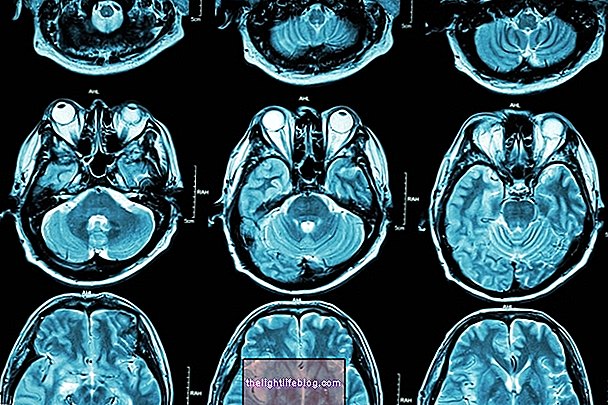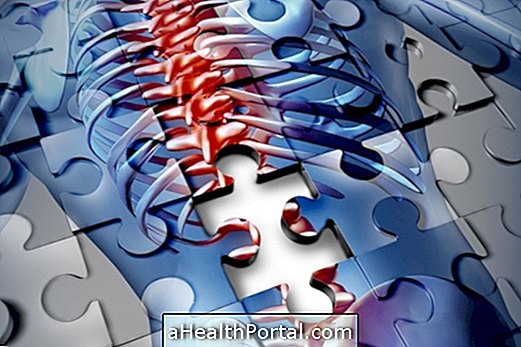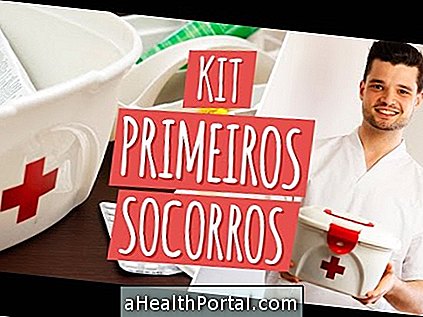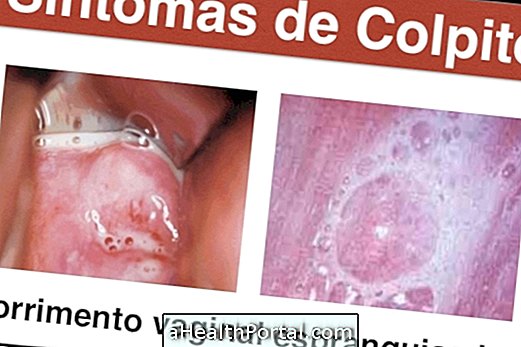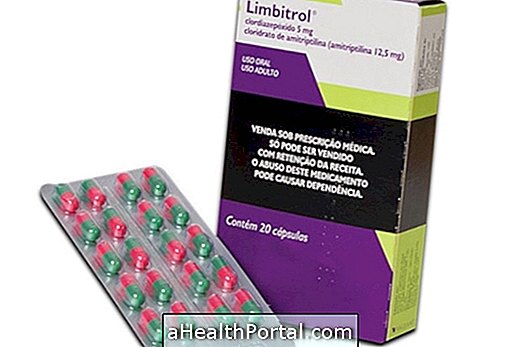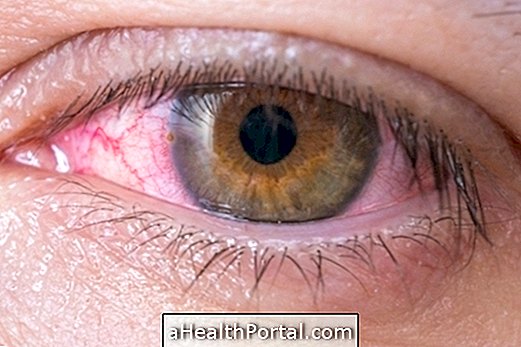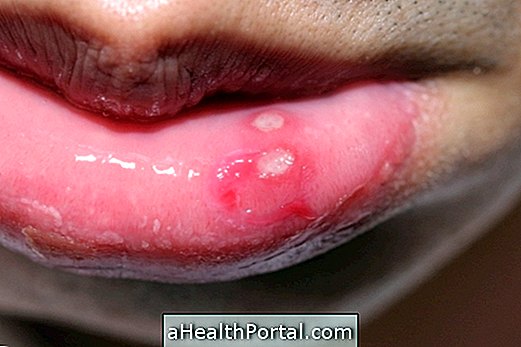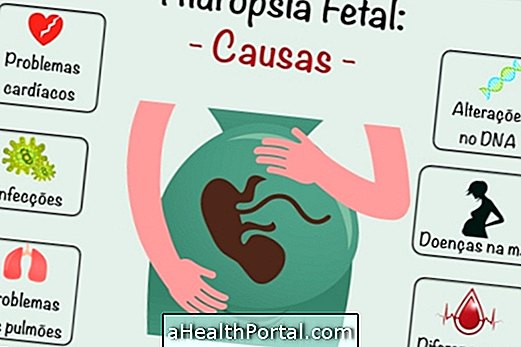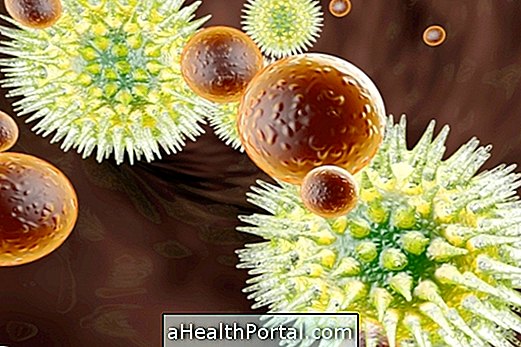In the diet for galactose intolerance, individuals should withdraw from their diet milk and its derivatives, and all foods containing galactose, such as chickpeas, heart and liver of animals. Galactose is a sugar present in these foods, and people with galactose intolerance can not metabolize this sugar, which eventually accumulates in the blood.
This is a genetic disease and is also known as galactosemia. It is diagnosed by the foot test and if untreated it can cause problems in the baby's liver, kidneys, eyes and central nervous system.
Foods that should be avoided
Patients with galactosemia should avoid foods that contain galactose, such as:
- Milk, cheese, yogurt, curds, curd, cream;
- Butter and margarine containing milk as an ingredient;
- Whey;
- Ice cream;
- Chocolate;
- Fermented soy sauce;
- Chickpea;
- Animal viscera: kidneys, heart, liver;
- Processed or canned meats, such as sausages and tuna, since they usually contain milk or milk proteins as an ingredient;
- Hydrolyzed milk protein: usually found in canned meats and fish, and in protein supplements;
- Casein: Milk protein added in some foods like ice cream and soy yogurt;
- Milk-based protein supplements, such as lactalbumin and calcium caseinate;
- Monosodium glutamate: additive used in industrialized products such as tomato sauce and hamburger;
- Products containing banned foods such as cake, milk loaf and hot dog as ingredients.
As galactose may be present in ingredients used in the manufacture of industrialized products, one should look at the label to check whether or not galactose is present. In addition, foods like beans, peas, lentils and soybeans should be ingested sparingly as they contain small amounts of galactose. As galactose is a sugar derived from lactose from milk, see also Diet for lactose intolerance.
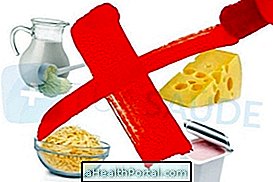

Foods allowed in the diet
The allowable foods are those without galactose or with a low sugar content, such as fruits, vegetables, wheat, rice, pasta, soft drinks, coffee and teas. People with galactosemia should replace milk and dairy products with soy products such as milk and soy yogurts. In addition, since milk is the main source of calcium in the diet, the doctor or nutritionist may prescribe calcium supplements according to the individual's need. See Foods rich in calcium without milk.
It is also important to remember that there are different types of galactose intolerance, and that the diet varies according to the type of the disease and the results of blood tests that measure the amount of galactose in the body.
Symptoms of galactose intolerance
The symptoms of galactosemia are mainly:
- Vomiting;
- Diarrhea;
- Lack of energy;
- Swollen belly
- Delayed growth;
- Skin and yellow eyes.
It is important to remember that if treatment is not performed as soon as the illness is diagnosed, problems such as mental retardation and blindness can occur, damaging the child's physical and mental development.
Baby Care
Babies with galactosemia can not be breastfed and should be fed with soy milk or soy milk based formulas. At the stage where solid foods are introduced diet, one should inform friends, family and school about feeding the baby so that he does not eat food with galactose. Caregivers should read all packaging and food labels, making sure they do not contain galactose.
In addition, it is necessary for the baby to be accompanied throughout the life by the pediatrician and the nutritionist, who will monitor their growth and indicate the nutritional supplements if they are needed. See more in What the baby with galactosemia should eat.
